Imagine this.
It’s 2014. Apple has gathered everyone together for a special event. As Tim Cook presents, he says, “Today we’re introducing three revolutionary new products. The first one is a cable box. The second one is a revolutionary streaming-media device. The third is a new way to play games on your TV. So, three things: a cable box, a streaming box, and a game console. Are you getting it? These are not three separate devices. This is one device. And we’re calling it iTV.”
The next Apple TV, that long-fabled product, doesn’t exist yet. But it could. And it should. And it’s not too late, not by a long shot. In fact, the future-of-TV transformation has yet to be settled, or even determined. It’s a mess right now. The door is open. Apple can seize the moment.
If you think the Xbox One jams up Apple’s plans, think again. The Xbox One is Apple’s best friend. Apple needs the emerging TV landscape to be tackled, and whatever mistakes are made, Apple can improve upon them, and show everyone why that strategy was mistaken. This is the Apple Way. The iPhone was built on old smartphones, the iPad on failed tablets. The landscape now is littered with half-good, half-bad solutions: TiVo, Wii U and TVii, Google TV, Roku, Xbox 360, PS3, even the current Apple TV. None of them truly replaces your cable box. None of them is the true, absolute future of TV.
Yet.
Here’s how Apple could do it. If Microsoft’s smart, the Xbox One will follow this path, too.
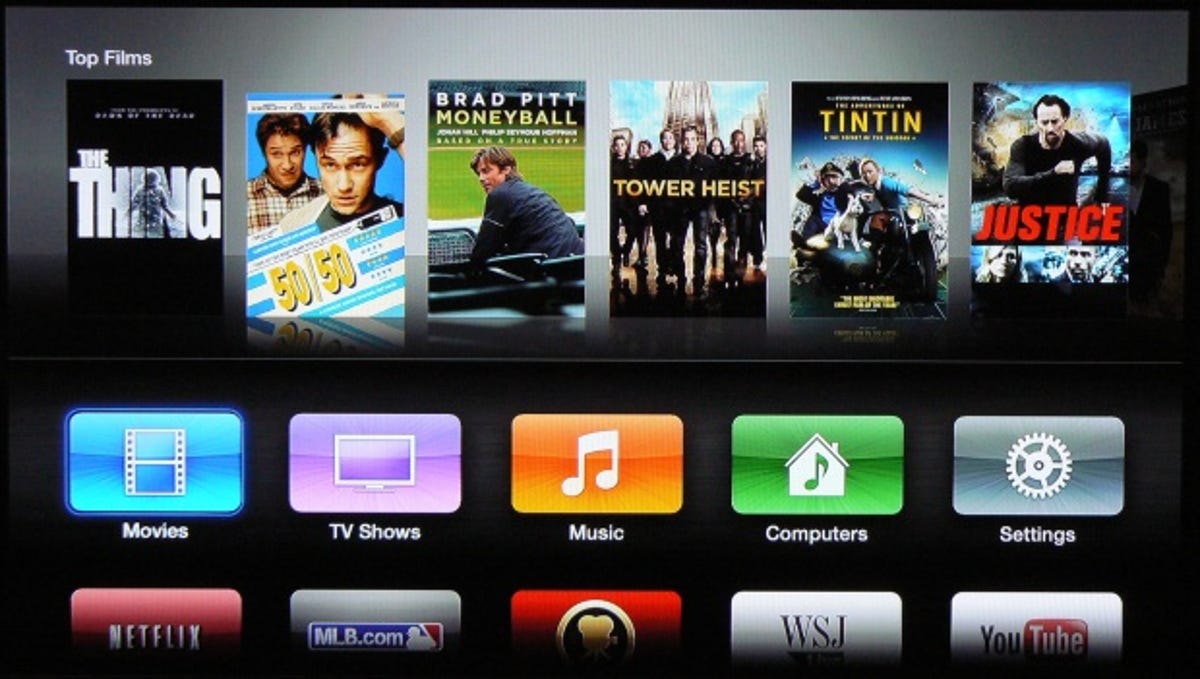

CNET
More content: Open up the App Store
One of the iPhone’s big keys to success was — and is — its massive App Store, with more than 800,000 apps and counting. Compare that with the Apple TV, which currently boasts just 18. (And that’s being generous — I’m counting “Settings” and “Computer Home Sharing.”) The current Apple TV lacks any sort of an App Store, by design.
Of course, few people remember that the iPhone had just around 16 apps for its entire first year, before iPhone OS 2.0 ushered in third-party apps in 2008. Like the iPhone, Apple TV’s current handful of native apps — including Netflix, Hulu Plus, YouTube, and Podcasts — show the box’s potential. But at some point, Apple TV needs more apps.
Opening the floodgates at long last to great applications — games, video-streaming apps, even more quasi-competing services like Amazon Instant Video — will make the Apple TV’s ecosystem feel as essential as the iOS App Store. It’s time.
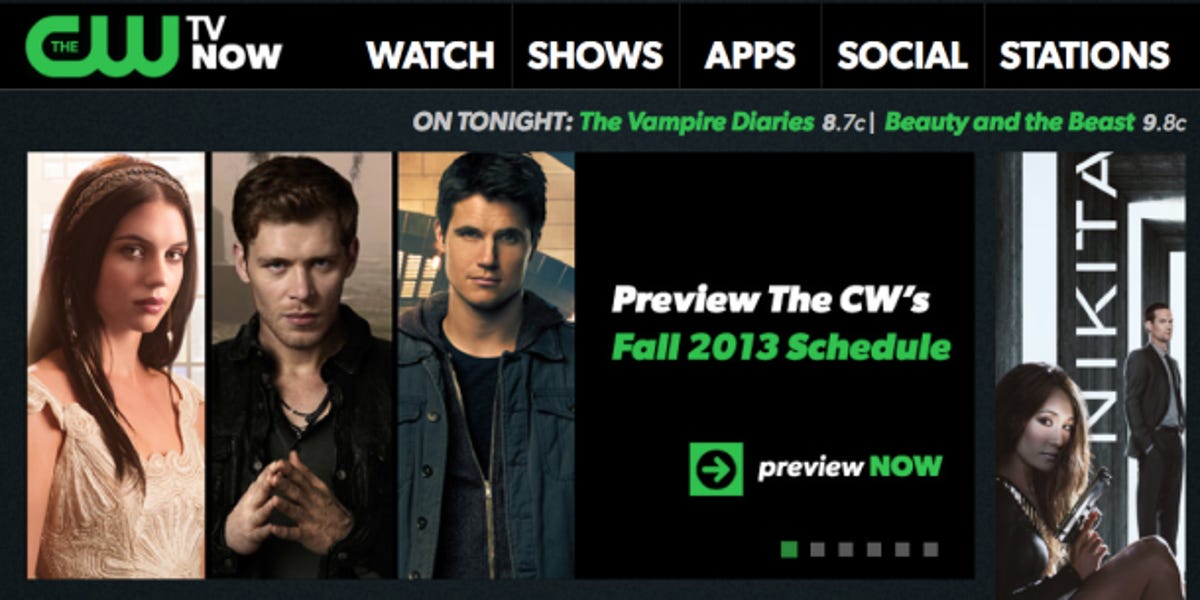

CW
Partner with cable and satellite providers to develop ‘cable box apps’
On-demand programming from the likes of Netflix and iTunes is great, but live TV — “linear channels” and live news and sports — is still the essence of what most people envision when they think of television.
The Xbox One and Google TV address the live TV challenge with an HDMI pass-through design that sucks in content from an existing cable box or DVR. A box piggybacking on another box.
There’s an easier way: appify the cable service. Stream all the channels. Offer DVR-style features, like rewind and fast-forward. But make recordings “cloud-based” on-demand offerings instead of a local hard drive.
Apple should make the cable companies partners, not enemies. Create a Comcast app, a Time Warner app, a Cox app, a DirecTV app, a Dish app. The more, the better. Duplicate the live channel offerings, but keep the user within the Apple ecosystem.
Many cable and satellite companies already have apps that do this on the iPad and iPhone. Making the leap to the Apple TV wouldn’t be hard.
If the Apple TV works, everyone wins: people stay on cable and want faster broadband. If Apple can work with providers to make superior apps, the Apple TV could make cable a more exciting place to be.
If cable providers drag their feet, then Apple can go over their heads to the content providers themselves. Indeed, the company is already said to be bringing the CW network and HBO Go to the current Apple TV box. (Note: The CW is a joint venture between Warner Bros. and CBS, the latter of which is the parent company of CNET.)


CNET
Keep the Apple design influence
Nothing listed above is totally new or original; the Roku and Xbox 360 already offer live TV services from Comcast, Fios, Time Warner, HBO, Epix, and others.
But the Apple TV’s content needs to look better than those apps.
Apple’s first apps made for the iPhone did a marvelous job taking data from places like Google and Yahoo and knitting it into fantastic-looking software. The first iOS Maps app presaged where Google Maps eventually evolved. Similarly, taking an active hand with cable and video apps on an Apple TV could help lay the landscape for the look of TV apps going forward, and help Apple TV app developers get an idea of where to shoot for.
The result would be a consistent look and feel across all of the video apps — something sorely lacking on, say, the Roku.


Microsoft
Make a great, easy interface
The future of TV needs to mix both live and on-demand programming in a seamless fashion. But that creates a huge amount of data that the current EPG (electronic programming guide) is ill-equipped to handle.
An Apple TV would be a third interface, neither PC nor touch-screen device. Its needs are specific: you have to design simple navigation, or come up with a way to experience content that makes sense. Cable boxes are rat’s nests of confusing menus, and a new world of “cable apps” like HBO Go and products from Xfinity, Time Warner, and Fios, while sometimes useful, funnel users into tiny, controlled worlds. There should be one central interface, and all apps and services should branch from that. Apple did this successfully with the first iPhone and the Apple TV, even if the Apple TV’s features are narrow.
While they’re at it, the Apple UI wizards need to create a universal search function that works across all of the relevant apps, too.
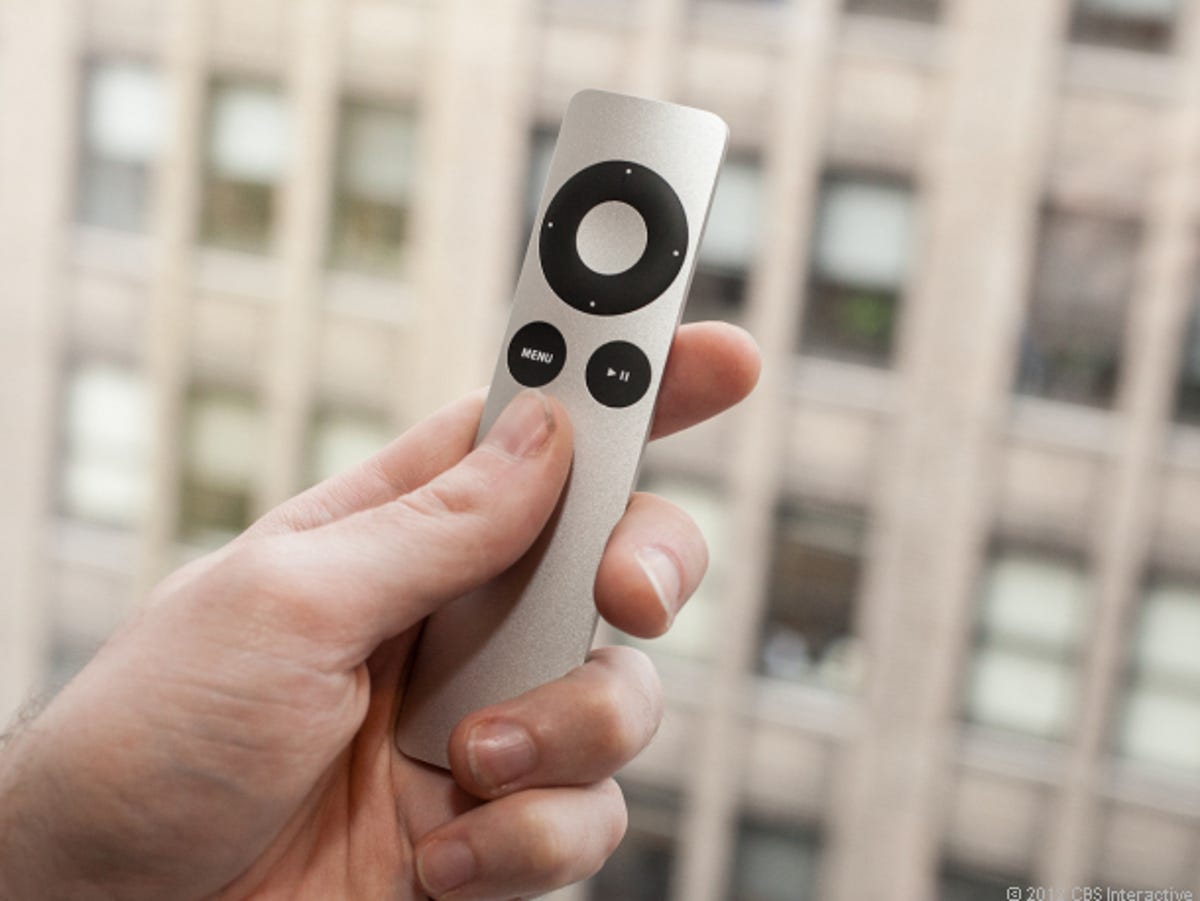

CNET
Develop the killer remote to go with it (but still work with Siri and iOS gadgets)
Waving your hands in front of a TV or yelling at it isn’t a pure solution. Neither is looking for a phone or tablet to use with it, or fumbling with a video game controller. I usually default to a remote, which in the case of the Xbox 360 is an aging IR device, and with the PlayStation 3 is a Bluetooth-connected remote that always accidentally turns on.
The Apple TV’s flat remote needs an overhaul. If Apple could develop a perfectly designed remote with touch or other elements — such as game-friendly buttons — it would help sell the future Apple TV more than anything else. The Wii remote was so innovative, it sold the Wii. Apple’s remote needs to be a similarly revolutionary piece of hardware, making the “third interface” of the Apple TV even more seamless to navigate. Of course, having Siri and iOS device support is necessary, too, especially for families and universal access.
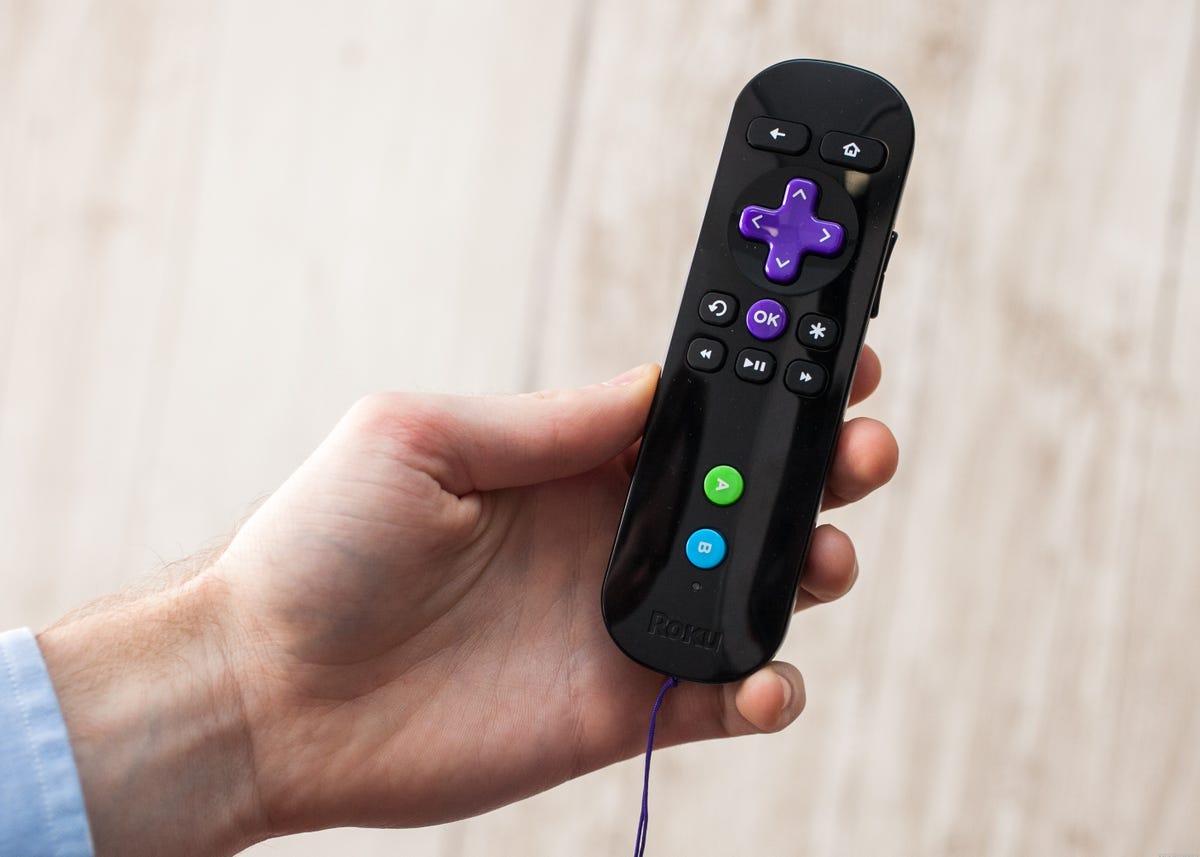

Sarah Tew/CNET
If the new remote doubles as a game controller without actually seeming like one (much like the Wii remote achieved), it’ll solve the question of how to unlock gaming on the Apple TV — clearly a territory that Apple could dominate in short order if it follows the casual-games strategy on iOS. The Roku 3 remote gets close, in theory.


CNET
Be the one box
I love some of the current streaming-video products, but mostly as single- or dual-use devices. I need to swap between them: I use my 360 for Netflix, or an Apple TV for iTunes purchases, or a DVR for all the rest of the recorded stuff. And that doesn’t even count the regular live TV, which the Xbox One doesn’t clearly even seem to handle without, essentially, an HDMI-in passthrough.
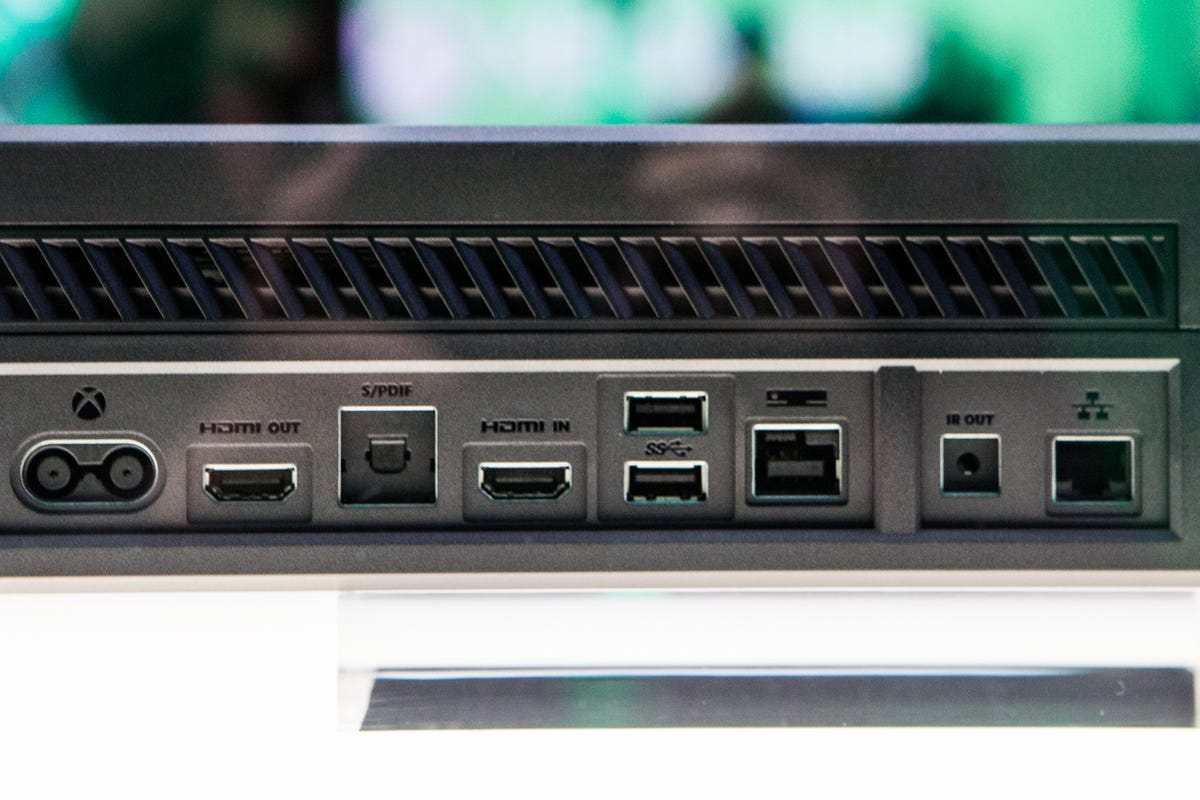

James Martin/CNET
To be the ultimate box, you don’t need to do everything, you just need to do all the things people want to do most in a way that takes over the roles of multiple gadgets. Of course, some features may not carry over; disc support, for one, seems like the first thing Apple would cast aside on a future Apple TV. I’d be sad about that, but the Roku doesn’t have a Blu-ray/DVD drive, either.
Convergence was the iPhone’s strategy. That should be the Apple TV strategy. And Microsoft seems to be catching on to the same dream by calling its new console the Xbox One. Whether the Xbox One really is an all-in-one product remains to be seen; for Apple, it’s the best hope for cementing a place in a living room that’s suddenly in a state of tech flux. The Xbox One’s starting the “one box” conversation once again, and Apple should be thankful for the conversation starter.




